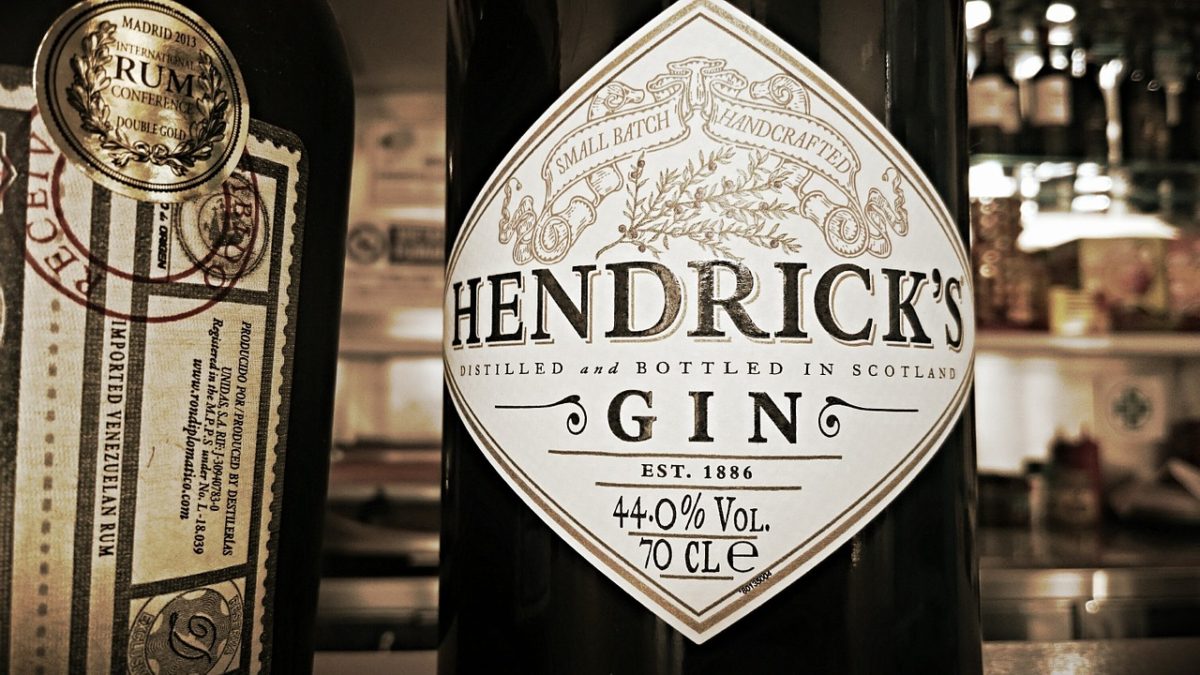Brew Crew: Gin 101 “Battle of the three gins”
 Supplied
SuppliedGin is possibly the most undervalued liquor of all time. Loved by our grandfathers and disdained by everyone else, it often sits unperturbed in dusty cupboards next to trendier items like Hennessy and Jack Daniels.
Millennials are weird. We’ll drink anything as long as somebody raps about it, but if you ask us if we want a gin, we’ll look at you as if you’ve asked us to drink lighter fluid. And to be honest, I didn’t know if I’d like it either, which is why I asked my roommate and her cousin to conduct a gin tasting with me in our living room. That way, the tasting could be more accurate and not solely dependent on my taste in alcohol. Let’s be clear here, my favourite drink is taco stand sangria — I am not a fine connoisseur of distinguished beverages.
GIN 101
To prepare me for our liquid dinner, I received a quick spiel on gin’s history. Originating in Holland, the drink became wildly popular in the 17th century, making its way through Europe and its many colonies. The basic recipe involved distilling herbs, roots, and aromatics like juniper and lemon peel with various grains. Writers loved it, revolutionaries coveted it, and would be doctors used it as a cure-all for anything from stomach ulcers to tumours. To cite Winston Churchill: “The gin and Tonic has saved more Englishmen’s lives, and minds, than all the doctors in Europe.”
Although I initially wanted to make martinis, I figured I’d listen to Churchill. We settled on three gins – Ungava, Victoria and Hendrick’s, mixing each with tonic water at a 1:1 ratio for optimal gin profiling. Trying to do this as properly as possible, we looked for sweetness, botanical notes and aftertaste. Does the flavour linger? Is it yummy? Could I mix it with sprite? Those were my questions.
Battle of the three gins
No. 1: Hendrick’s
The Scottish gin, was everyone’s favourite. Bitter at first, Hendrick’s was refreshing, citrusy and extremely light. If you ask me, it tasted and smelled slightly like rosewater. It’s also the most expensive of the three, clocking in at $49.
No. 2: Ungava
The Canadian spirit, made in the Northwest Territories, took second place. The yellow colour was slightly off-putting, although the general taste of the gin was fine, albite a bit piney. The $29 price tag, however, is way easier to swallow (aka afford) on a student’s budget.
No. 3: Victoria
This gin from BC, came in last place. It was acidic, tasted vaguely of black liquorish and had a very bitter chemical-like aftertaste. I wouldn’t mix it with sprite, and it definitely wasn’t yummy. That said, a lot of Canadians love it so I’d recommend giving it a try, especially if you decide you don’t like Hendrick’s.
Whatever the gin, I’d recommend eating something with it. Gin doesn’t hit you straight away but when it does you probably want some cheese and crackers to keep you from saying something ill-advised. That said, it’s delicious, trendy and totally worth your time.




